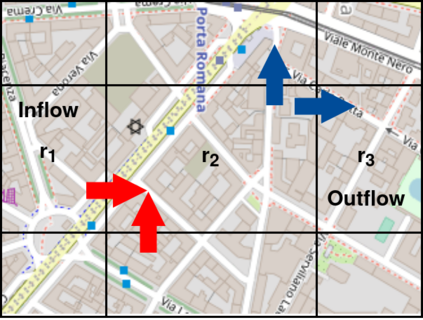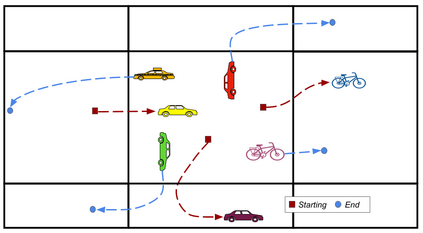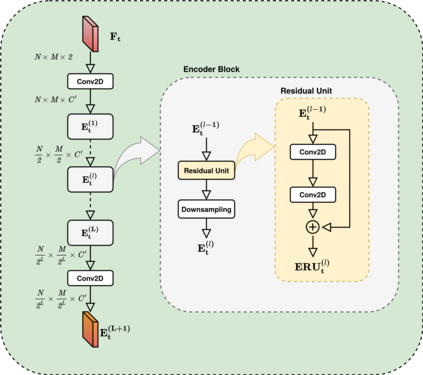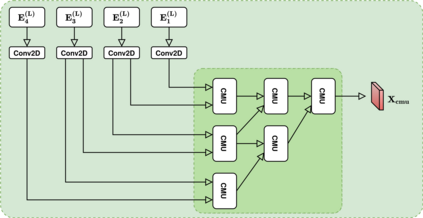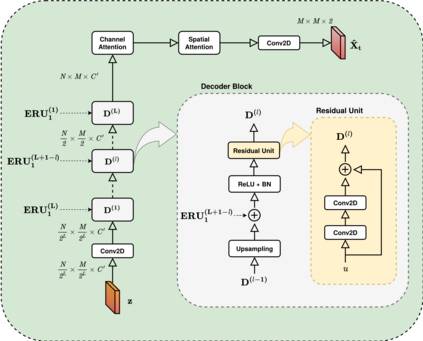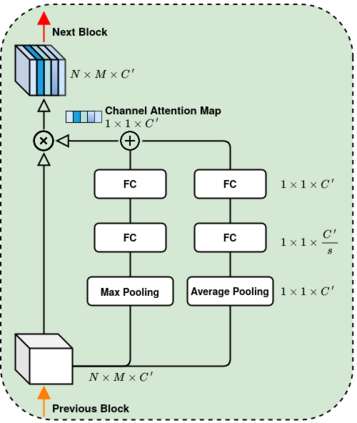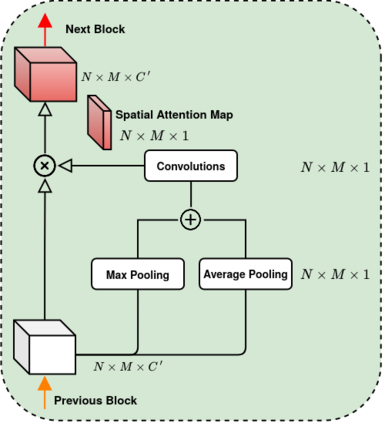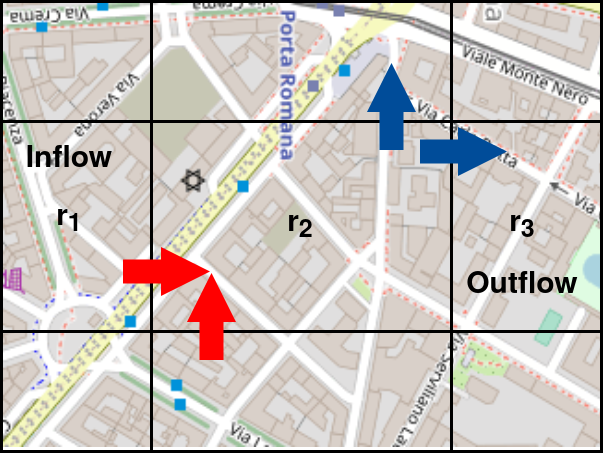In recent years, studying and predicting alternative mobility (e.g., sharing services) patterns in urban environments has become increasingly important as accurate and timely information on current and future vehicle flows can successfully increase the quality and availability of transportation services. This need is aggravated during the current pandemic crisis, which pushes policymakers and private citizens to seek social-distancing compliant urban mobility services, such as electric bikes and scooter sharing offerings. However, predicting the number of incoming and outgoing vehicles for different city areas is challenging due to the nonlinear spatial and temporal dependencies typical of urban mobility patterns. In this work, we propose STREED-Net, a novel deep learning network with a multi-attention (spatial and temporal) mechanism that effectively captures and exploits complex spatial and temporal patterns in mobility data. The results of a thorough experimental analysis using real-life data are reported, indicating that the proposed model improves the state-of-the-art for this task.
翻译:近年来,随着关于当前和未来车辆流动的准确和及时的信息能够成功地提高运输服务的质量和可用性,研究和预测城市环境中的替代性机动性(如共享服务)模式变得日益重要,因为准确和及时的信息可以成功地提高运输服务的质量和可用性,在目前的大流行病危机期间,这种需要更加严重,危机迫使决策者和私人公民寻求符合社会动态的城市机动性服务,如电动自行车和摩托车共享服务等。然而,由于城市机动性模式的典型非线性空间和时间依赖性,预测不同城市地区进出车辆的数量具有挑战性。在这项工作中,我们提议建立一个新的STREED-Net,这是一个具有多目的(空间和时间)机制的深层次学习网络,在流动数据中有效捕捉和利用复杂的空间和时间模式。报告利用真实生命数据进行彻底实验分析的结果,表明拟议的模型改进了这项任务的状态。

